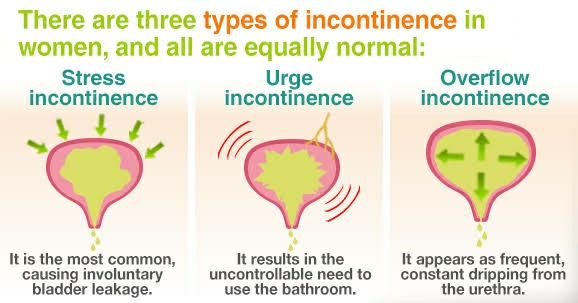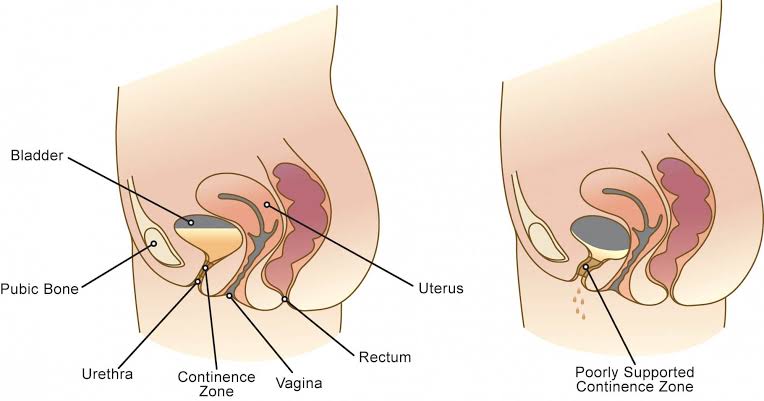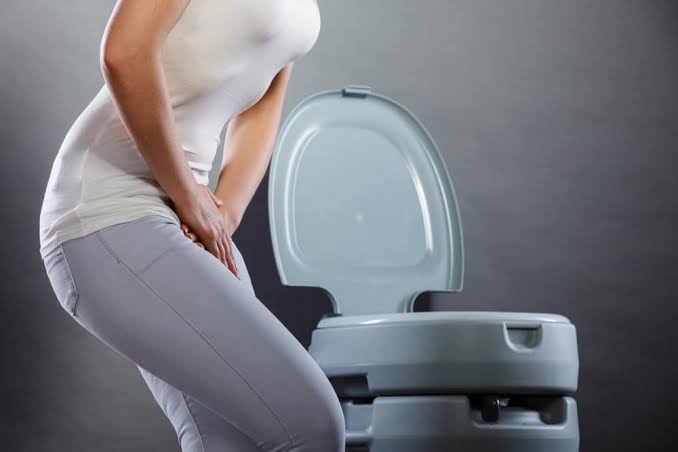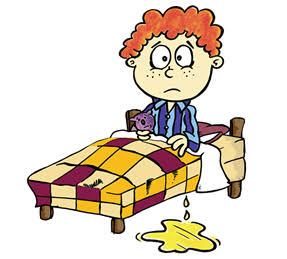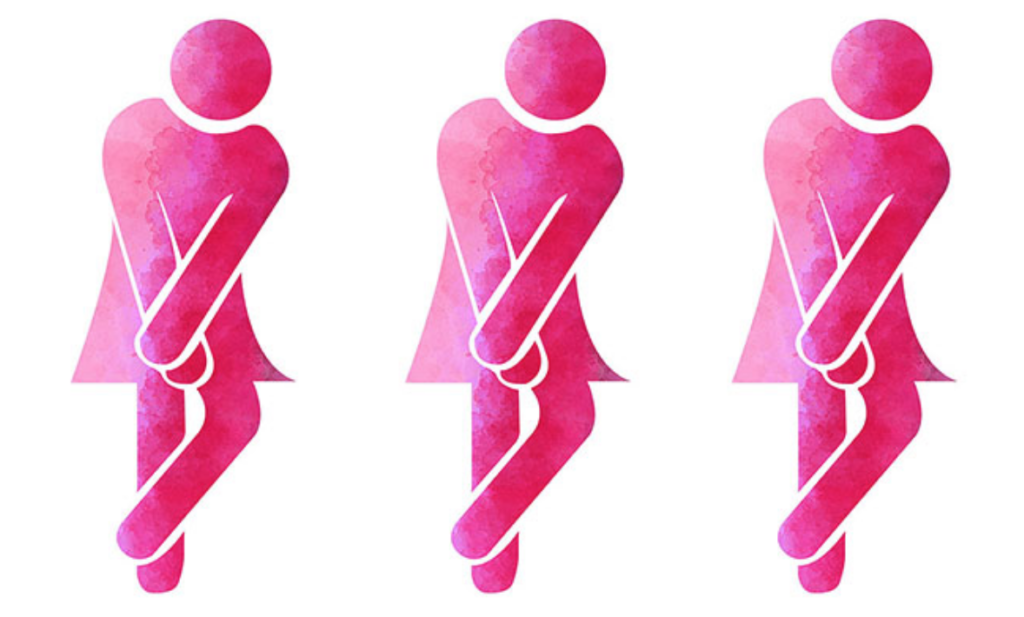Female Urinary Incontinence
Female Urinary Incontinence
Urinary incontinence is the unintentional loss of urine. even till reaching the toilet. Urinary incontinence occurs more often in women than in men. Pregnancy and childbirth, menopause, and the structure of the female urinary tract account for this difference. But, both women and men can become incontinent from neurologic injury, birth defects, strokes, multiple sclerosis, and physical problems associated with ageing.
There are different types of urinary incontinence in women, including stress incontinence, urge incontinence, overactive bladder, functional incontinence, overflow incontinence, mixed incontinence, and transient incontinence.
Older women experience incontinence more often than younger women. But, incontinence is not inevitable with age. Incontinence is treatable and often curable at all ages.
Incontinence occurs because of problems with muscles and nerves that help to hold or release urine. The body stores urine water and wastes removed by the kidneys in the bladder, a balloon like organ. The bladder connects to the urethra, the tube through which urine leaves the body. During urination, muscles in the wall of the bladder contract, forcing urine out of the bladder and into the urethra. At the same time, sphincter muscles surrounding the urethra relax, letting the urine pass out of the body. Incontinence will occur if your bladder muscles suddenly contract or the sphincter muscles are not strong enough to hold back urine. Urine may escape with less pressure than usual if the muscles are damaged, causing a change in the position of the bladder.
Diagnosis of urinary incontinence in women may involve a physical exam, an ultrasound, urodynamic testing, and tests including cystoscopy, urinalysis, and a bladder stress test. The doctor will also take a medical history and may recommend keeping a bladder diary. Treatment of urinary incontinence in women may include behavioural or nonpharmacologic treatments, like bladder training and Kegel exercises, medication, biofeedback, neuromodulation, surgery, catheterization, or a combination of these therapies
Causes
Urinary incontinence isn’t a disease, it’s a symptom. It can be caused by everyday habits, underlying medical conditions or physical problems. A thorough evaluation by your doctor can help determine what’s behind your incontinence.
- Temporary urinary incontinence
- Alcohol
- Caffeine
- Carbonated drinks and sparkling water
- Artificial sweeteners
- Urinary incontinence may also be caused by an easily treatable medical condition, such as:
- Urinary tract infection.
- Constipation
- Changes with age
- Persistent urinary incontinence
- Pregnancy
- Childbirth
All Department
- Laparoscopic Urosurgeon
- Urinary / Kidney Stone Treatment
- Laser Treatment for Kidney Stone
- Uro-Oncology
- Surgery for Prostate
- Urinary Cancer
- Ureteric Stricture
- Urethral Stricture
- Male Infertility
- Prostate Surgery
- Erectile Dysfunction
- Prostate Cancer
- Female Urinary Incontinence
- Interstitial Cystitis
- Overactive Bladder
- Vesicovaginal Fistula
- PCNL
- Ureteroscopy

